How to Grow Acers with Ericaceous Compost
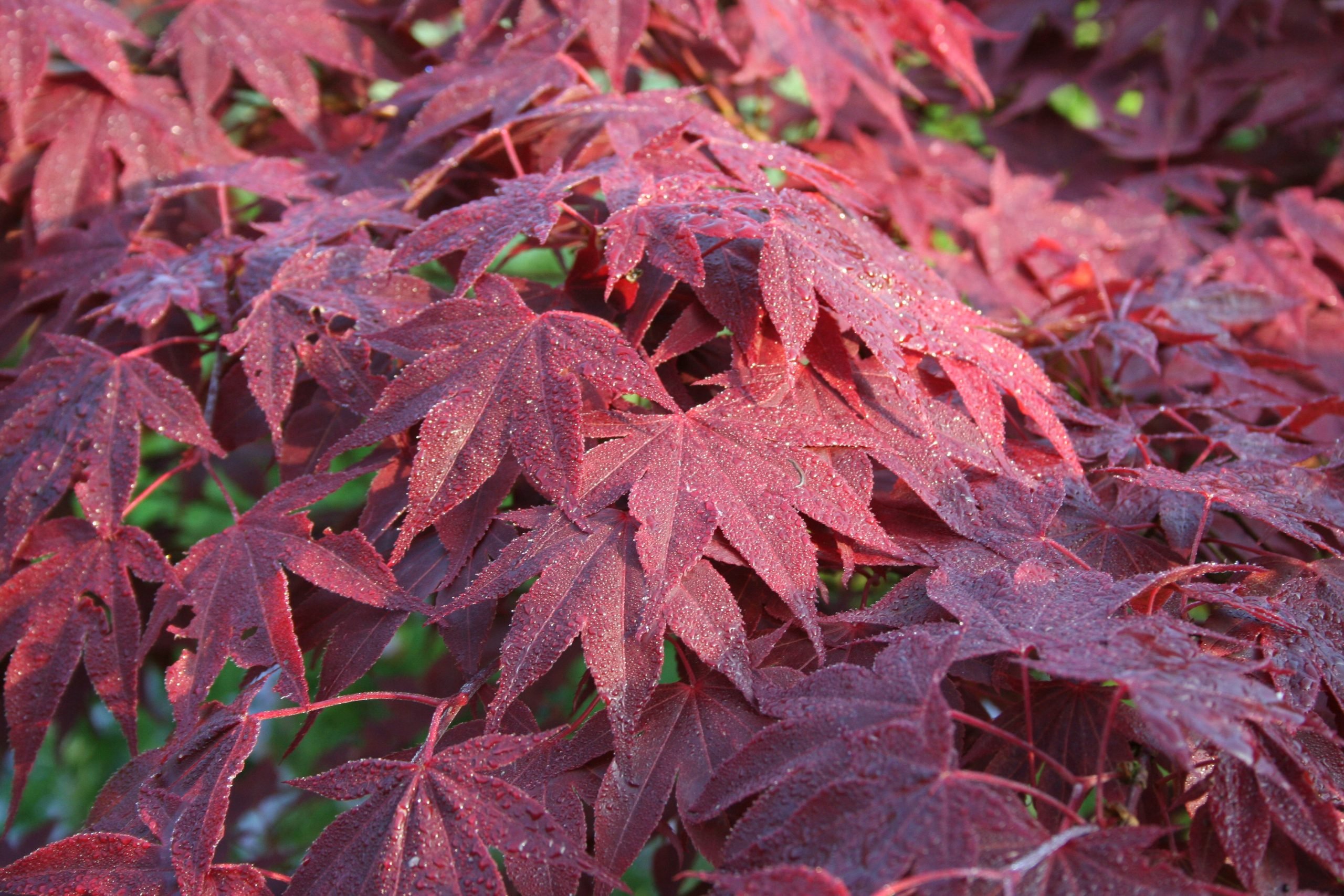
Table of Contents
Amongst the different ornamental plants that enhance the aesthetics of your place, Acer trees or maple trees gather special attention. Acer thrives well in acidic soil. The striking colour and appearance of the leaf make it an apt choice for patios and big yards.
For a healthy bloom of Acer, the soil pH value should be below 6. One of the ways to ensure the same is by adding Ericaceous compost. It is specially curated for plants like Acer that require acidic growth conditions.
But a common question that pops up here is, do Acers need ericaceous compost? To get detailed information, you can get through the next few segments. Besides, in this comprehensive guide, we will resolve all queries about Acer growth and ericaceous compost.
Overview of Ericaceous Compost
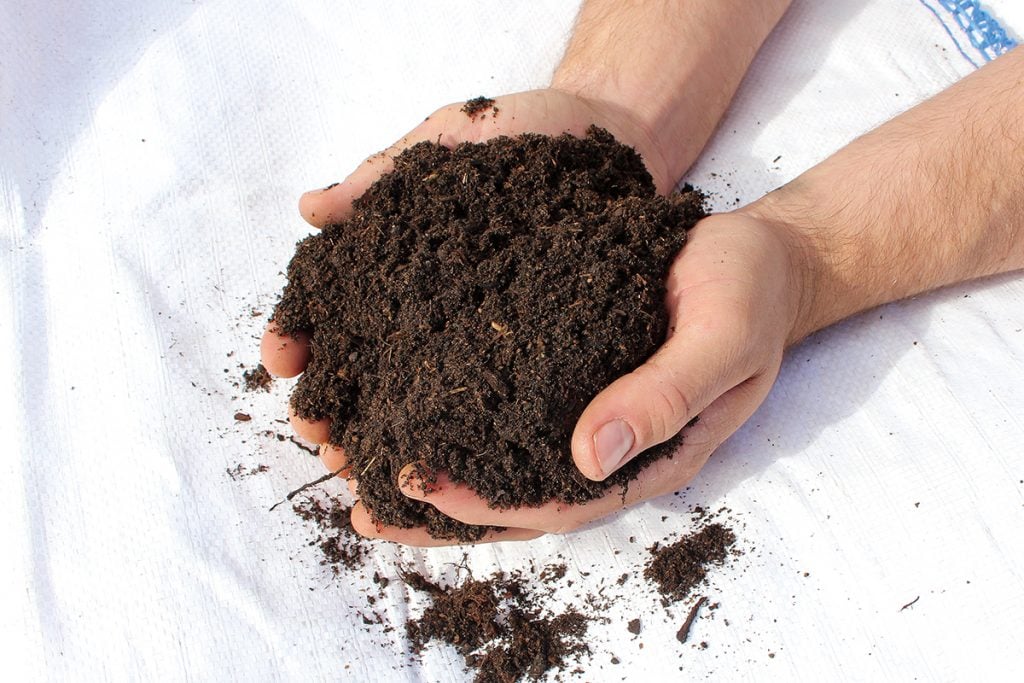
It’s a compost used for plants that prefer the acidic soil composition for growth. Ericaceous compost has a pH below 7. Thus making it acidic. This compost draws its name from the Ericaceae family of plants. These plants need acidic soil for growth. Acer is also a plant that needs neutral to acidic soil for growth.
The pH of soil plays an integral role in the healthy growth of the plant. However, in some cases where the soil is alkaline and you need acidic composition, adding ericaceous compost would help.
Basic Key Features of Ericaceous Compost:
- Acidity: One of the notable features of ericaceous compost is its acidity. The pH of this compost ranges between 4.5 and 6.0. Thus making it suitable for the growth of acid-loving plants.
- Drainage: The compost has good drainage properties, thus preventing waterlogging and root rot.
- Organic Matter: The compost is a mix of organic materials that enhances the nutrient value of the compost. Thus making it suitable for the growth of acid-loving plants.
- Nutrient-rich: Ericaceous compost has all the necessary nutrients and minerals that promote the growth of acid-loving plants.
Why Do Plants Need Ericaceous Compost?
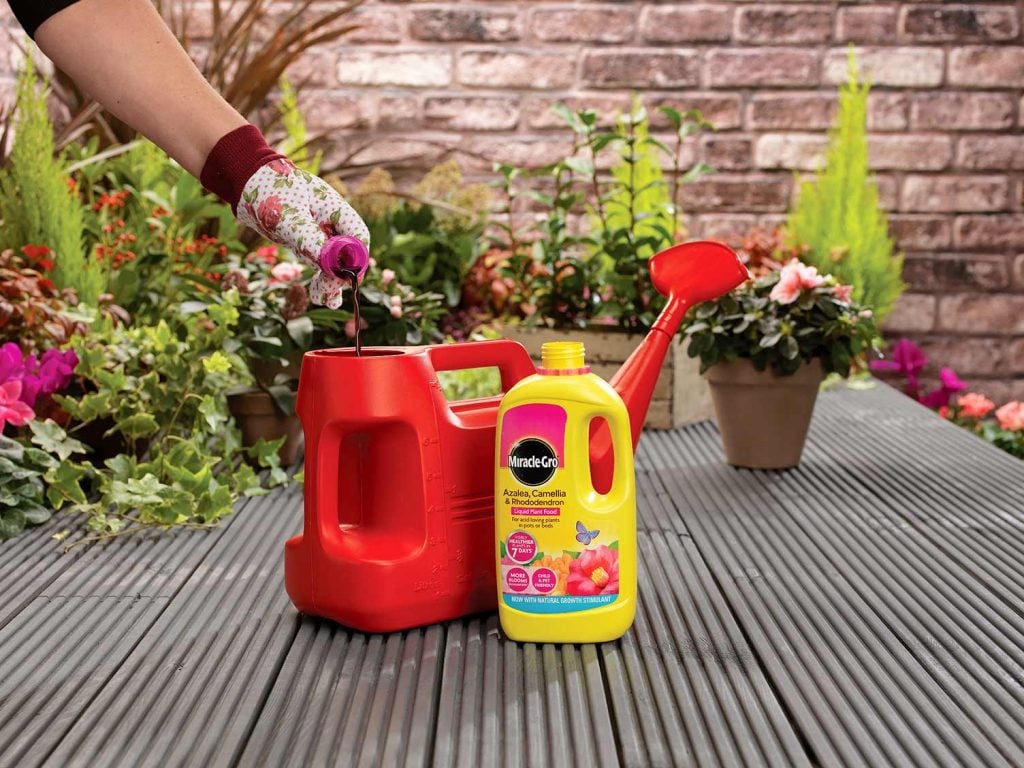
As mentioned above, certain plants prefer acidic soil for growth. They will not propagate in alkaline soil. The latter may result in lime-induced chlorosis or yellowing of leaves. Such plants would not be able to bear flowers or fruits.
Ericaceous plants need iron and other soil nutrients for growth. But if the pH of the soil is on the alkaline side, i.e. more than 7, then it will make these essential nutrients insoluble and unavailable to the plant. Thus hampering the growth of the plant. Hence adding ericaceous compost becomes mandatory.
Do Acer Tree Requires Ericaceous Compost?
The answer is Yes. Although the Acer plant survives in neutral soil, acidic soil boosts its growth. It acts as a catalytic agent speeding up nutrient absorption. Plants like Acer that need acidic soil for growth can start showing yellowing of leaves, delayed growth, and lack of fruits and flowers in the absence of an apt pH level of the soil. This is primarily because of the locking of the nutrient like iron.
So, if you have an alkaline soil garden, you can consider planting Acer saplings in a container filled with Ericaceous compost. Conversely, if you plan to grow it in the soil, you should consider changing the soil mix and making it acidic by adding Ericaceous compost. It is readily available online.
How To Find if The Soil is Acidic or Alkaline?
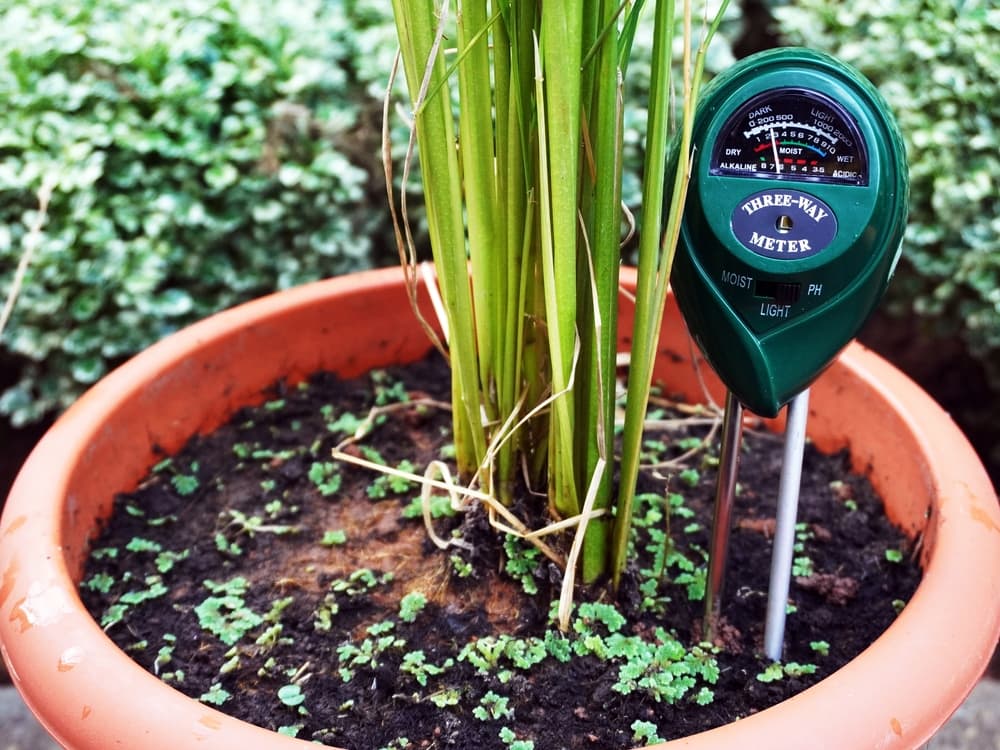
It’s important to know the pH of the soil. The right soil composition and condition define the growth of the plant. If you are planning to grow an Acer tree, then you can easily test the pH of the soil using the soil pH meter. It is easily available online. After testing, if you find that the soil is alkaline in nature or lime-based, then consider adding ericaceous compost.
Choosing the Right Acer Varieties
Acer or Japanese Maple is a beautiful ornamental plant. There are different variants of this plant, each of which exhibits specific growth requirements. The kind of soil, exposure to sunlight, manuring needs and pruning schedule may vary from one variant to another. Hence, knowing the suitable Acer variety will help you prepare the soil and a favourable growth ecosystem.
Typically Acer requires full sun or dappled but not dense shade to grow. Here is the tabular representation of the different types of Acer and soil requirements for them:
|
Type of Acer |
Notable Features |
Soil Type |
|
Bloodgood’ Acer tree |
It is a purple-leaved maple that slowly transforms into a crimson red-coloured leaf. |
Chalk, Clay, Loam, Sand Acidic soil Well-drained soil |
|
Japanese Maple (Acer palmatum) |
It is known for its striking leaf colour. The plant grows up to 15 to 25 feet. It is usually used for landscaping. |
Moist and well-drained soil Dappled sunlight is preferred for growth Slightly acidic soil |
|
Sugar maple (Acer saccharum) |
It is an ornamental plant that is also used to extract maple syrup. It can easily grow up to a height of 40-80 ft. |
Moist and well-drained soil Partial sunlight Acidic soil |
|
Silver Maple (Acer saccharinum) |
Prized with green leaves and silver underlining, this plant instantly catches the eye. It grows very fast as compared to other variants of Acer. |
Moist and well-drained soil Partial sunlight Acidic soil |
|
Norway maple (Acer platanoides) |
It is planted for shade, and the tree’s wood is used for furniture making. It grows up to 40-60 ft in height. It is known for its autumn foliage. |
Fertile and moist soil Requires direct sunlight but can grow in the shade as well It can adapt to different soil conditions, including alkaline soil |
|
Red Maple (Acer rubrum) |
The red foliage of this tree is a treat to the eyes. It grows up to 40-70 ft tall. It is an excellent choice for landscaping and adding ornamental elements to the yard. |
Sandy, clayey and loamy soil Full or partial exposure to sunlight Acidic soil |
These are some of the popular variants of the Acer tree. Based on the type of plant you choose, decide the need for ericaceous compost. Remember, providing the optimal growth condition to the plant assures healthy growth.
How to Use Ericaceous Compost on Acer Trees
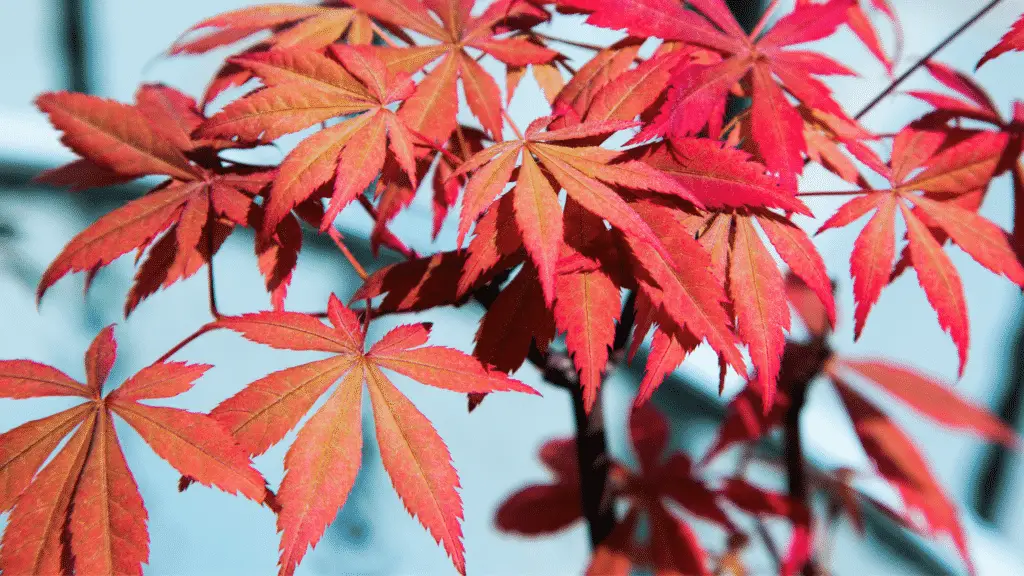
- Lowering The pH of the Soil: Adding this compost to the soil helps in lowering the pH. Thus creating acidic conditions favourable for the growth of acid-loving plants. To use it, simply add the compost to the top layer of the soil.
- Increases the Drainage: Acer plants need well-drained soil for growth. Adding ericaceous compost helps in improving the aeration of the soil. Since this compost is made of a mix of peat and bark, it is porous. And it transfers the same property to the soil to which it is added.
- Use it as a Potting Mix: If you have decided to plant Acer in a pot, you can mix some perlite into the soil and then plant your plant. Or else you can buy readymade acidic potting mix.
Alternatives to Ericaceous Compost for Acer Trees
Coco Coir
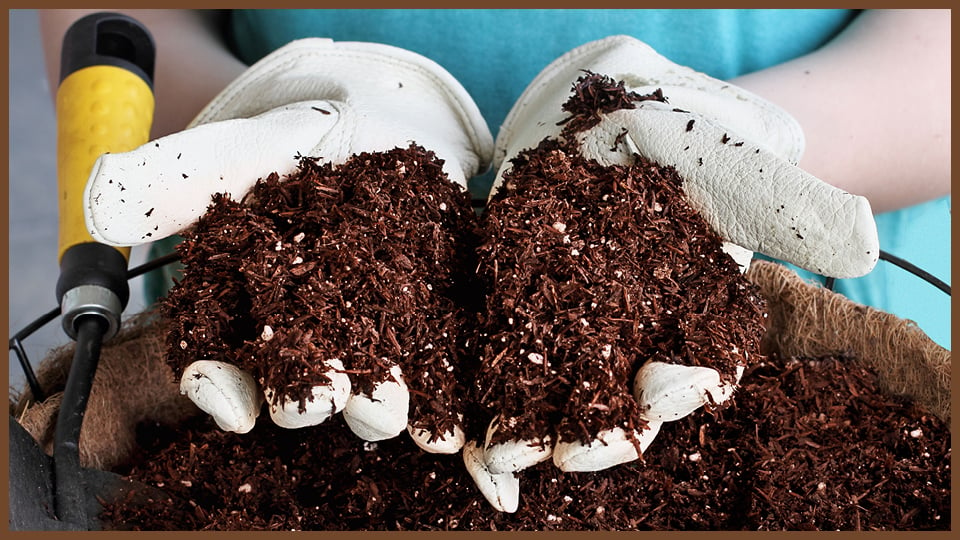
You can also use coconut fibre as a replacement for ericaceous compost. It works well in adding the acidic element to the soil, thus promoting iron uptake.
To prepare this, you need the following:
1 part of coconut coir + 1 part of garden soil or regular compost.
Elemental Sulphur
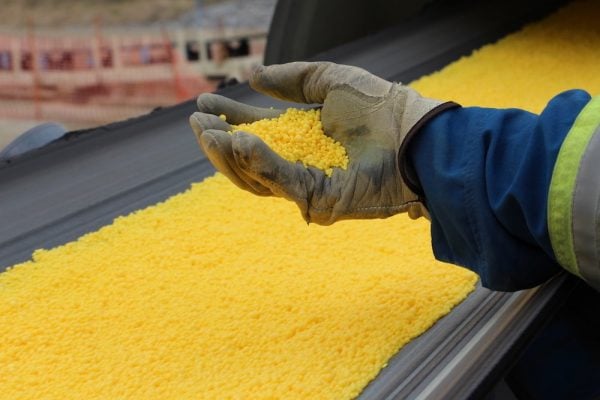
You can also use elemental Sulphur to lower the soil pH. This is mostly suitable for garden beds. Coconut coir is also useful, but if you plan to plant in a larger area, it will increase the cost. Alternatively, you can use elemental Sulphur.
Method of Use:
Add 2 pounds of Sulphur in the top 12 inches of soil per 100 square feet. You need to reapply the same after a few years, but before that, make sure that you check the soil pH. The best time to start using Sulphur is in the spring and summer.
Final Thoughts
All in all, Acer is a magnificent plant. Adding this to your garden will elevate the look of your garden. However, to relish the beauty of this plant, the right growth conditions are paramount. Adding compost is a great way to create a healthy soil mix. In the case of acid-living plants like Acer, rhododendrons and others, adding ericaceous compost to the soil is the apt way to make it favourable for the growth of these plants.
Not all Acer variants require acidic soil. Some thrive well in neutral soil as well. Hence before purchasing ericaceous compost, you should check the variant of the plant. If it requires acidic conditions for growth, you can consider adding ericaceous compost.
Remember, Acer trees also need well-drained and nutrient-rich soil for growth. So, don’t miss to water it regularly and feed the compost as required. To maintain the acidic condition of the soil, you need to reapply the ericaceous compost.
Frequently Asked Questions (FAQs)
Does Every Variant of Acer Trees Need Ericaceous Compost?
Acer is an acid-loving plant. However, it can also thrive in neutral to slightly alkaline soil. But for healthy growth, the application of ericaceous compost is necessary. For example, Japanese Maple prefers slightly acidic soil, whereas red Maple requires completely acidic soil. Hence, before application, check the plant’s variant along with the soil’s pH.
How Can We Use Ericaceous Compost?
If you want to apply ericaceous compost, you need to follow certain tips:
- Check the pH of the soil using the pH tester for soil. If the soil is acidic, you don’t need to make any alterations. If the soil is alkaline, move to the next step.
- Add ericaceous compost. You can simply add the compost to the soil of the planting hole.
- Add a top layer around the base of the Acer tree once or twice a year. Replace the same after six months or a year to maintain the pH of the soil.
What Are The Alternatives of Ericaceous Compost?
There are several alternatives to ericaceous compost. For example, you can create a one is to one mix of coconut coir and soil. The coil adds acidity and enhances the soil’s drainage, creating a perfect road condition for the Acer plants to grow. Similarly, for larger garden beds, you can add elemental Sulphur. It also increases the acidic value of the soil.

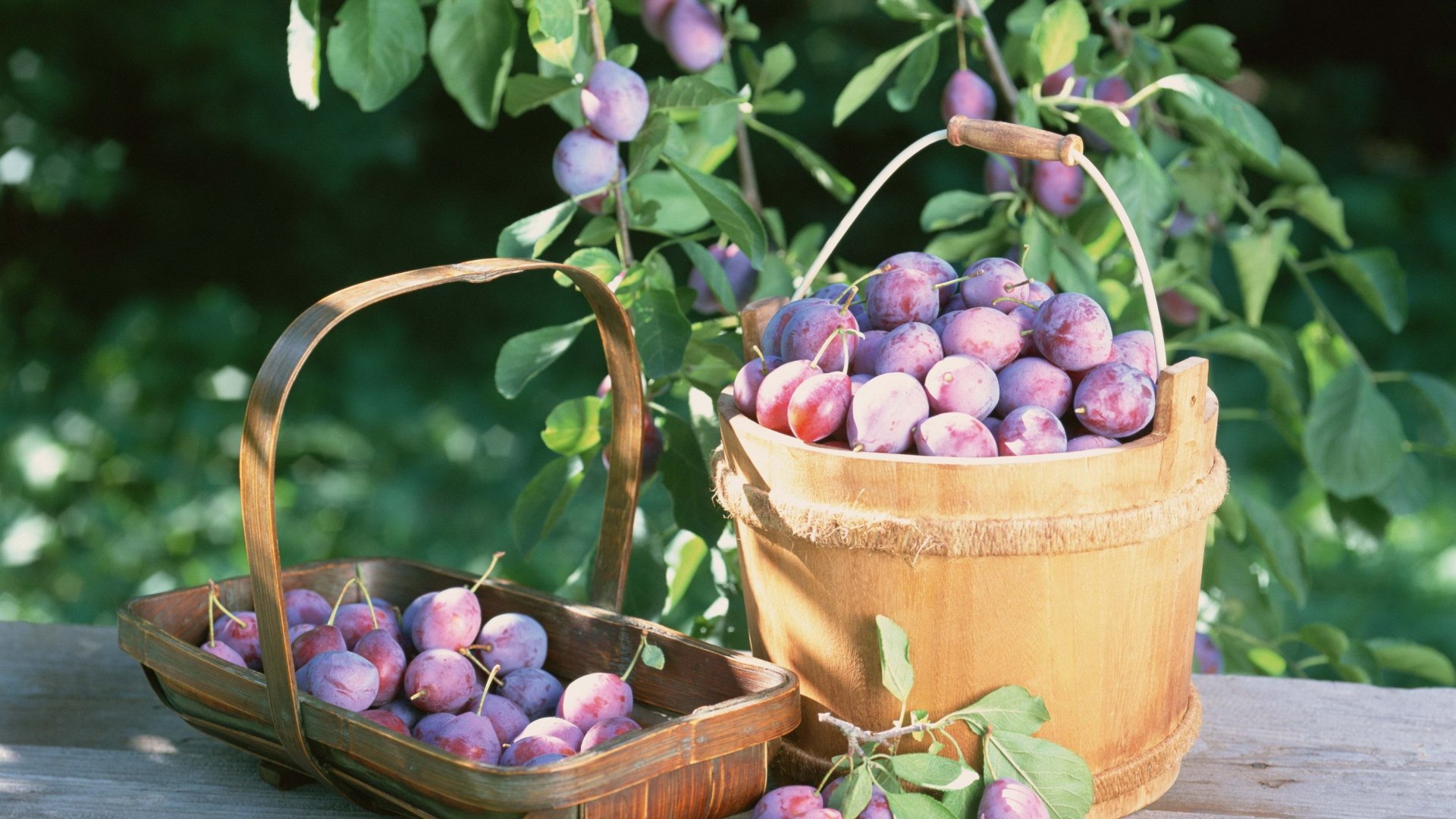
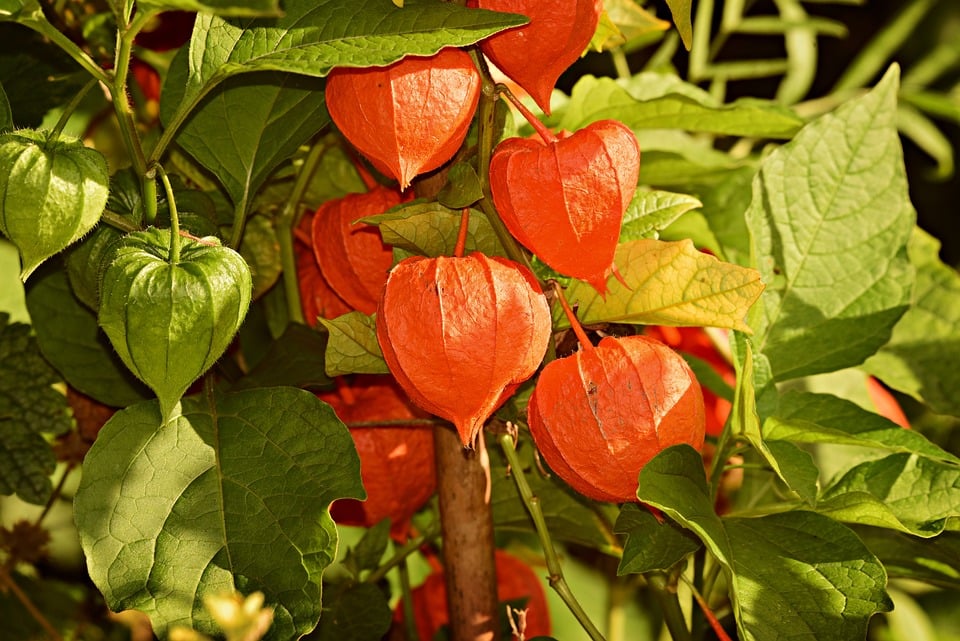
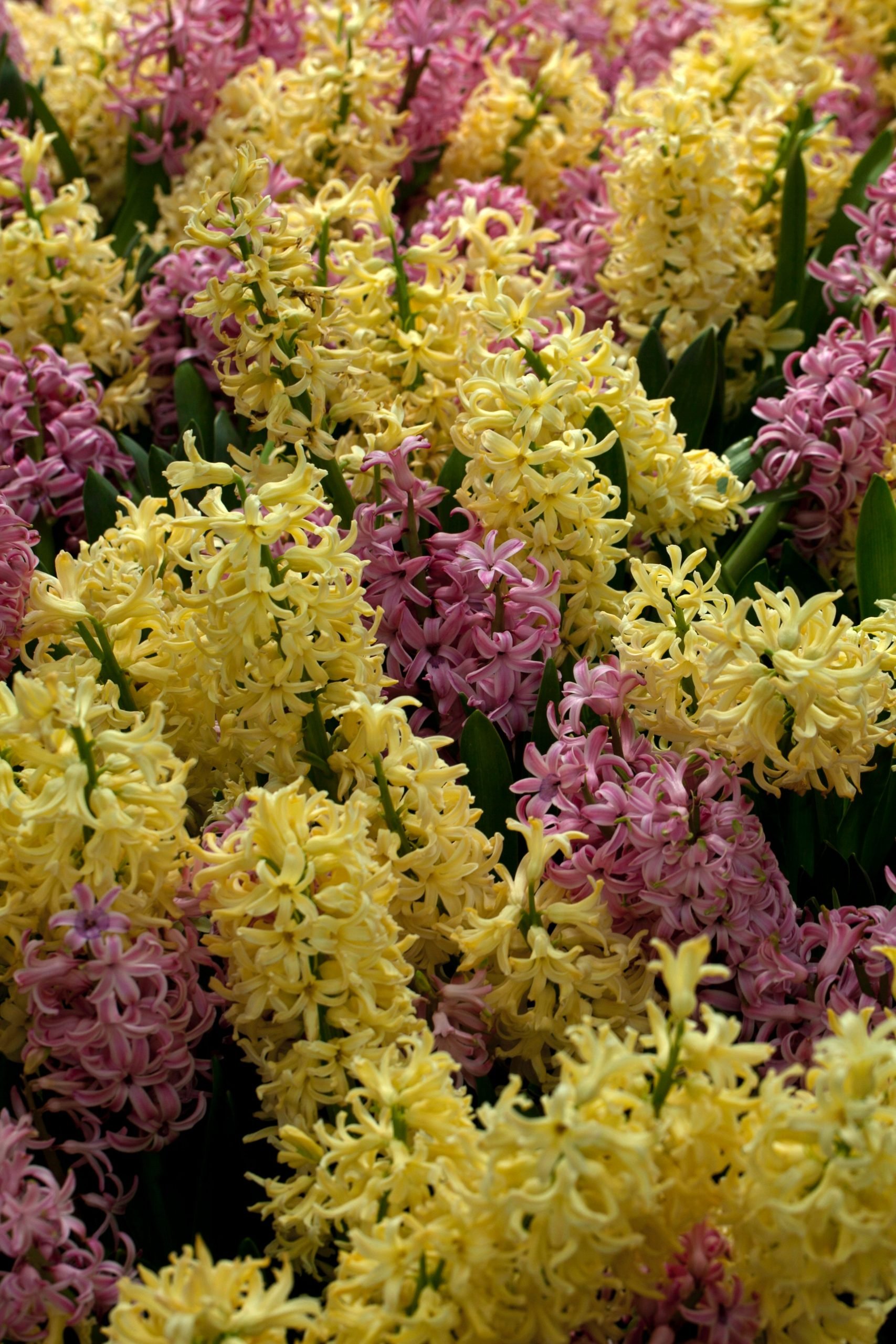
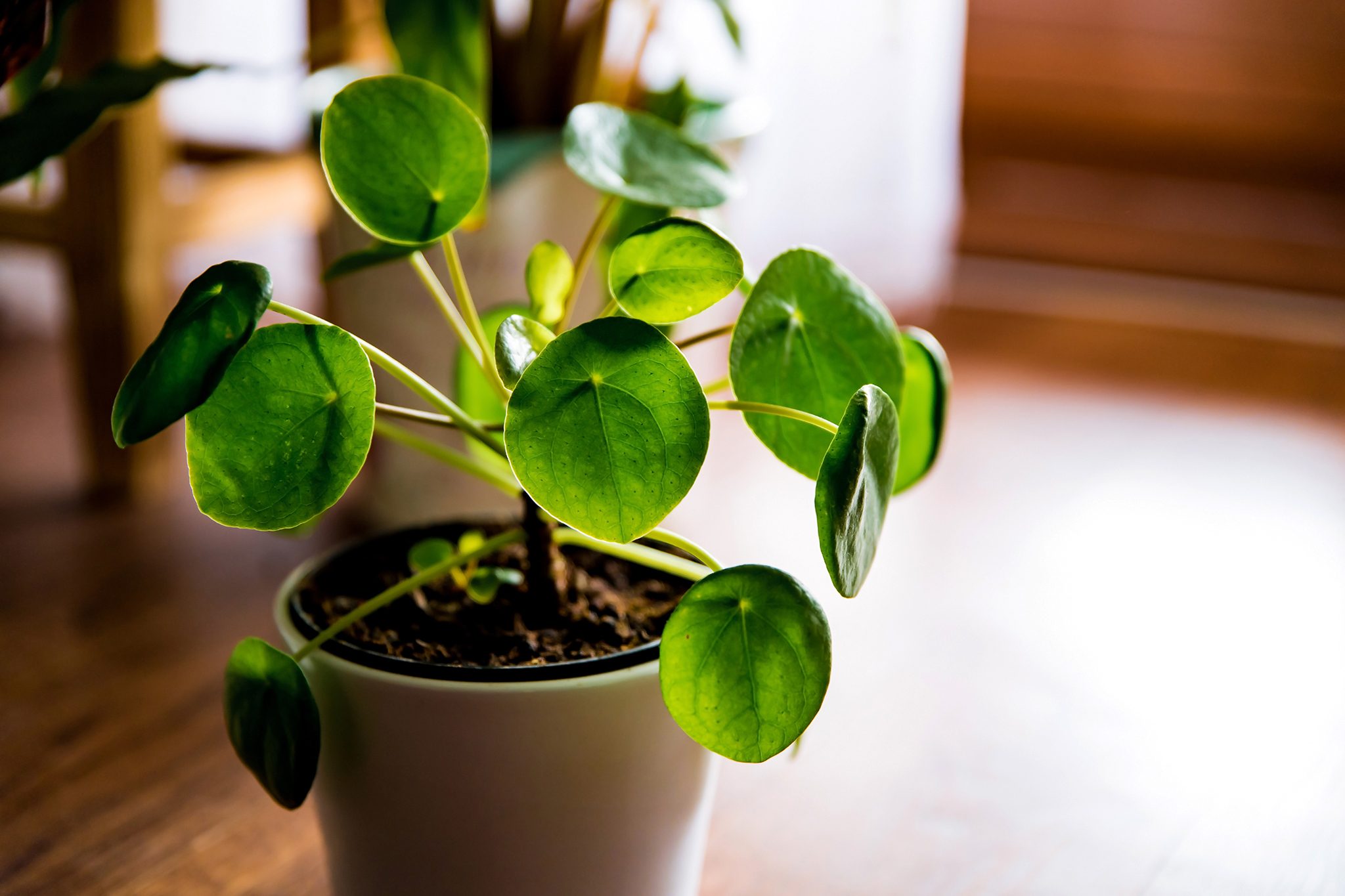
![Learn How To Grow & Care For Basil Plant [UK]](https://staging.thearches.co.uk/wp-content/uploads/How-To-Grow-Care-For-Basil-Plant.jpg)
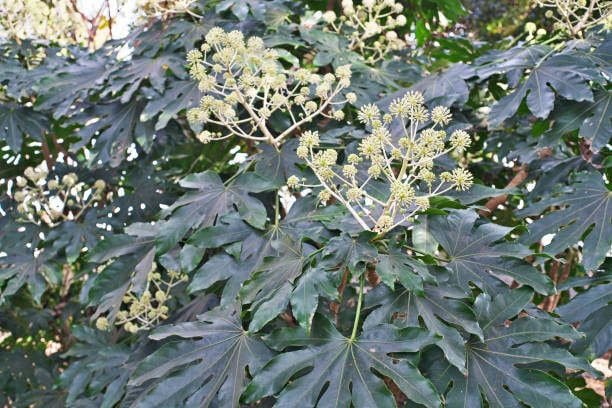
One Comment